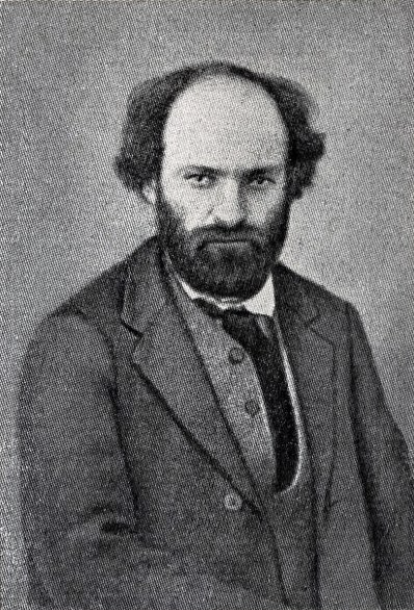-
Paul Cézanne 2024-04-21
Paul Cézanne was a French post-Impressionist painter. His works and ideas influenced many artists and art movements of the 20th century, particularly Cubism. For much of his lifetime, his art was not understood or accepted by the public. Through his perseverance, he ultimately challenged all conventional painting values of the 19th century. Cézanne's greatest achievement lies in his unparalleled analysis of color and light, overturning traditional visual perspectives and removing spatial construction from the mix of blended colors, thus ushering in the era of pure art in painting, a feat no previous painting style had achieved. Therefore, he is hailed as the "father of modern art." He believed that shape and color were inseparable. He applied color to the canvas with geometric brushstrokes, gradually forming the surface of the painting. He advocated against using lines and light and shadow to depict objects, instead focusing on color contrast. He used blocks of color to represent the volume and depth of objects, employed the warm-cool variations of colors to create forms, and constructed images with geometric elements. At the end of the 19th century, Paul Cézanne was revered as the "vanguard of new art," and as a pioneer of modern art, Western modern painters refer to him as the "father of modern painting."
| Home | Artists and Inventory | Recommend Artist IP | Art dervative | Spreadtrum | Cultural communication | Co-artist | About us |
Artists and Inventory
